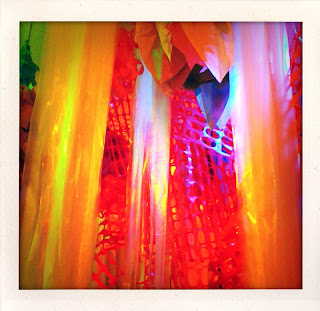
Curtis Allen
Kelsey Olson
David Frohlich
at Art of This
Friday August 20 2010
7-11 pm
film screening at 9:30
Talk on photography has been beaten to death as of late, yet the dead-horse of the photograph, or of the process of photographing keeps moving along. That said, photography has always had an intimate connection with death: not withstanding the crisis in painting that corresponded with its uprising (the first instance of its unending death), Bayard's Self Portrait As a Drowned man, the power of the photograph to steal the soul (producing the living dead), as well as many other suggestions one could make here, the traditional conception of photography also marked, through each photograph, the death of the event, but simultaneously its de-temporization, crystallization, and carrying on; its recollection or commemoration (even if, in fact, such an event was encountered first within the photograph). Photography traditionally stood as both genesis and exegesis and it is along these lines of interest that we follow. Photography as the medium of capture par excellence: this is the unspoken motto of turn-of-the-century photography.
This makes photography the proper heir to a society of love, our society perhaps (in so far as love is the force of appropriation, or possession tout court). We have then, in a certain sense, come full circle--in the fact of our contemporary love of the image (the specifically photographic one)--that is, we have come to love the dead, which it could be argued, is already pre-inscribed into the act of love. I guess the question remains: What is one to do with a dead-horse that one loves so well?…We construct new kinds of horses (or donkeys, phoric-machines) each in our own way, to carry our love off into new directions. Some of these various directions, we hope, to put on display for you, yet never in an "instructive" manner. To be short, very short, we have as arrows; materialism as a process, photography as mediation, and the frame, fabrication, and fiction of photography as generative means.








